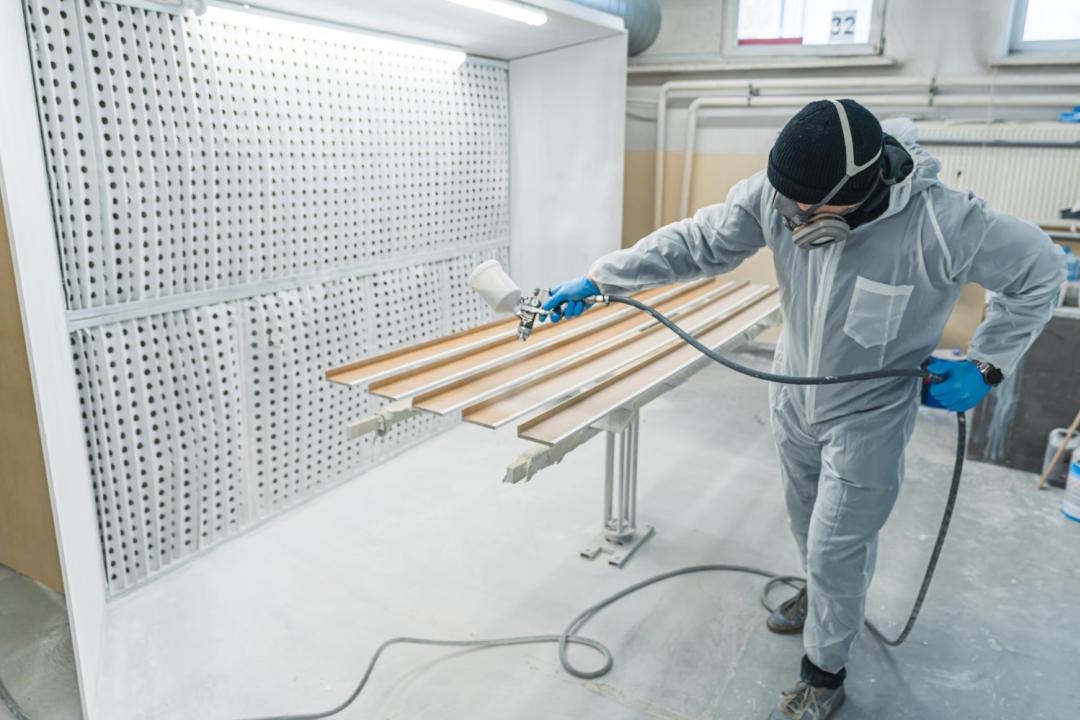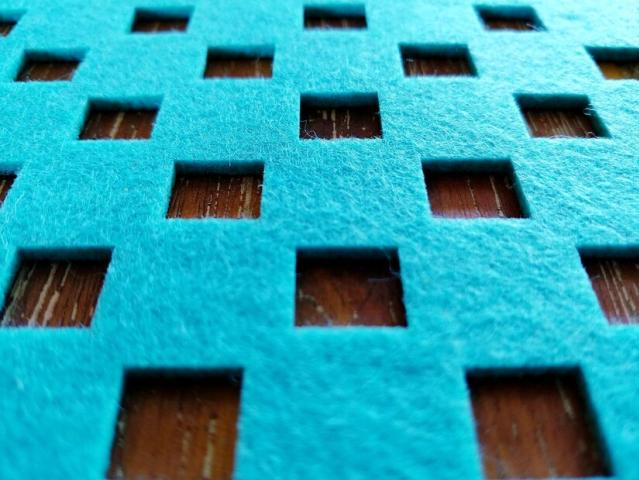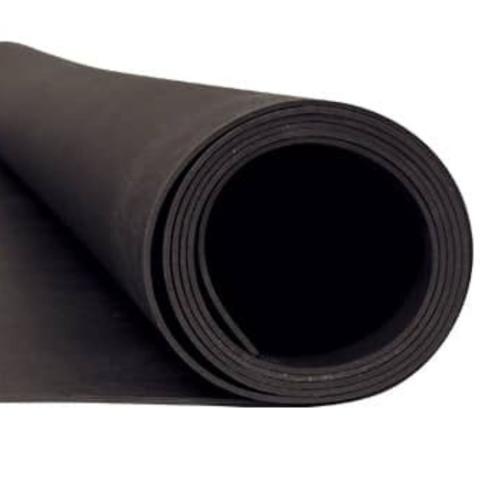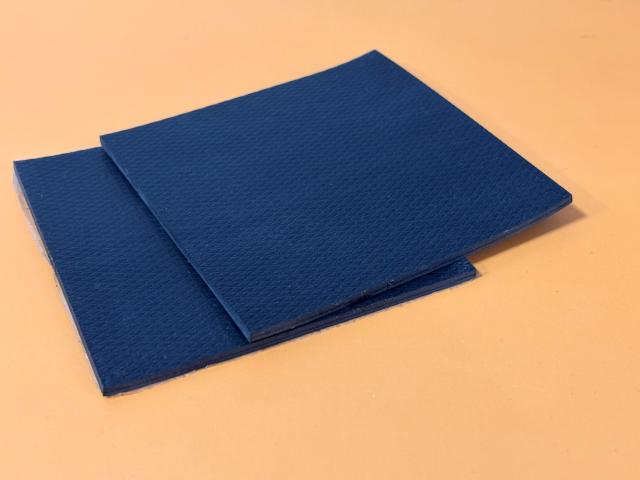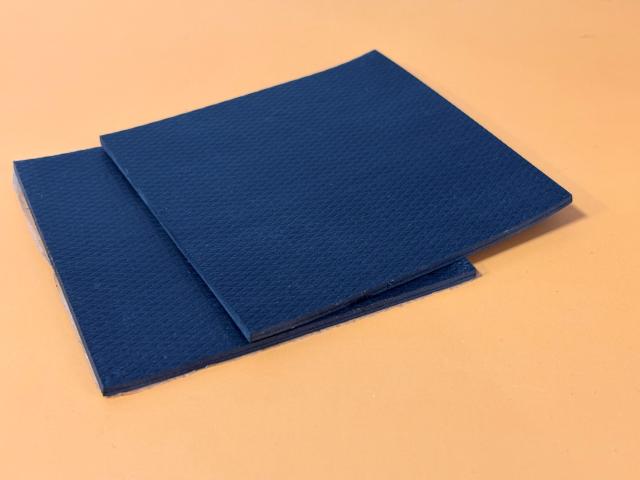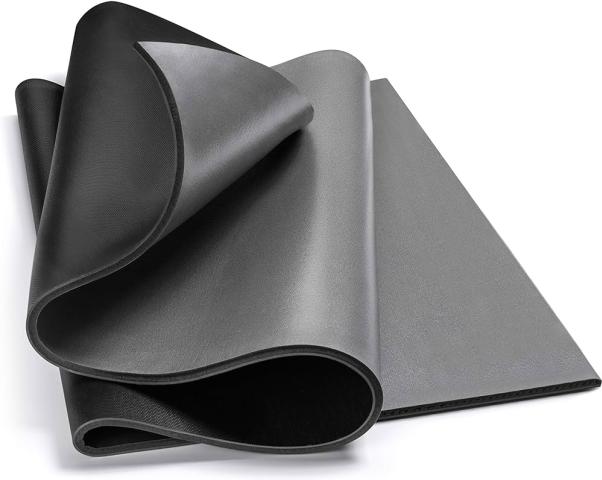In the world of commercial and institutional construction, the conversation around return on investment (ROI) is often dominated by energy efficiency, structural longevity, and smart space planning. Yet, there’s an underappreciated contributor to long-term value that's gaining momentum among architects, contractors, and facility managers alike — Acoustic Spray.
Beyond its apparent role in sound control, Acoustic Spray, especially when deployed strategically across ceilings and other interior surfaces, holds the potential to significantly extend the functional lifespan of a building. This low-profile yet high-impact solution offers not just immediate acoustic comfort, but lasting operational and financial benefits. Let’s dive deeper into how premium Acoustic Spray Foam, Acoustic Spray Paint, and Acoustic Spray Ceiling applications are reshaping modern construction strategies and redefining ROI benchmarks.
ROI Factor: Why Sound Matters more?
While acoustic comfort is often seen as a “soft” benefit — the kind that enhances user satisfaction but doesn’t directly impact the bottom line — recent studies are telling a different story. Poor acoustic environments in workspaces, schools, and healthcare facilities contribute to decreased productivity, higher absenteeism, and increased stress levels. These issues not only affect human performance but also speed up wear and tear in interior spaces due to increased noise-related friction, behavioral stress, and environmental mismanagement.
Acoustic Spray acts as a frontline defense against this silent depreciation. By reducing reverberation and controlling ambient noise levels, it fosters a more focused, resilient, and balanced interior environment. This leads to longer-lasting interiors, reduced renovation cycles, and decreased mechanical strain on HVAC systems — all of which compound to maximize ROI.
Structural Protection & Efficiency beyond Soundproofing
Here’s where Acoustic Spray Foam really starts to shine. Unlike traditional rigid panels, Acoustic Spray Foam conforms to any surface — from steel to concrete to drywall — providing seamless coverage that acts as both a sound attenuator and a protective layer.
By forming a flexible, durable membrane over surfaces, Acoustic Spray Foam helps control moisture, reduce micro-cracking, and buffer thermal fluctuations. These secondary effects reduce material fatigue in substrates and minimize the need for frequent repairs or replacements. In climates where temperature and humidity swings are common, this added durability can translate to years of extended structural integrity — and that’s ROI you can measure in your maintenance budget.
Aesthetic Longevity and Design Versatility
Premium Acoustic Spray Paint offers a remarkable combination of functionality and aesthetics. It allows architects and designers to achieve clean, continuous finishes that retain their visual quality over time. Ceilings and walls treated with Acoustic Spray Paint are not only acoustically enhanced but also visually unified — a feature especially valuable in modern minimalist interiors where visible disruptions are design deterrents.
More importantly, Acoustic Spray Paint resists yellowing, cracking, and fading, which means interior spaces maintain their pristine appearance for longer periods, reducing the frequency of touch-ups and repainting. In commercial spaces where downtime equals lost revenue, the extended aesthetic lifespan afforded by Acoustic Spray Paint translates directly into bottom-line savings.
Overhead Optimization: Unseen Benefits
Ceilings are often the most underutilized real estate in any interior environment. But with Acoustic Spray Ceiling treatments, this area transforms into an active player in environmental control. The ceiling becomes more than a blank canvas — it becomes a performance surface.
Acoustic Spray Ceiling solutions mitigate noise bounce in large open spaces like atriums, office floors, and auditoriums. More impressively, these treatments do so without lowering ceiling heights or installing bulky baffles and tiles, thus preserving the spatial openness that modern designs demand. This means enhanced acoustics without the trade-off of costly redesigns or suspended ceiling frameworks.
Also, by reducing echo and noise transmission overhead, Acoustic Spray Ceiling contributes to lower HVAC loads. Less sound bouncing means less energy required to maintain thermal comfort, as air circulation patterns are less disrupted by turbulent noise layers. Over time, this balance reduces operational strain on heating and cooling systems — a critical but often overlooked contributor to extended building lifespan.
Maintenance Cost Reduction: Hidden Payback
The beauty of premium Acoustic Spray systems lies in their low-maintenance profiles. Unlike tile-based solutions that may loosen, warp, or collect dust and grime, sprayed treatments adhere directly and uniformly, minimizing crevices and gaps where dirt can accumulate.
Moreover, Acoustic Spray Foam and Acoustic Spray Paint are generally resistant to mold and mildew, especially in high-humidity environments. This resilience not only protects indoor air quality — which is crucial in healthcare and education settings — but also prevents the deterioration of structural materials that could lead to expensive remediation down the line.
What does this mean in practical terms? Fewer inspections, less cleaning, minimal downtime, and lower total cost of ownership. That’s the kind of ROI that gets better with each passing year.
Sustainability Synergy: Meeting Green Building Goals
As sustainability continues to dominate design and construction conversations, Acoustic Spray plays a silent but powerful role in aligning with green building objectives. High-performance acoustic coatings often contribute to LEED credits in categories like Indoor Environmental Quality and Energy Optimization.
In addition, modern formulations of Acoustic Spray Paint and Acoustic Spray Foam are increasingly eco-friendly, with low VOC content and recycled material bases. Using these materials not only supports regulatory compliance but also demonstrates a long-term commitment to responsible construction practices. A sustainable building is a long-lasting one — and that’s a critical factor in achieving a stronger ROI.
Conclusion
In today’s fast-paced, cost-sensitive built environment, longevity is no longer a luxury — it’s a necessity. And while acoustics may not always be the most visible element of a design, their impact on building performance, tenant satisfaction, and maintenance costs is profound.
Premium Acoustic Spray, whether in the form of Acoustic Spray Foam, Acoustic Spray Paint, or Acoustic Spray Ceiling systems, delivers far more than sound control. It supports a life cycle-oriented approach to building design and operation — one that reduces wear, optimizes energy use, lowers maintenance costs, and enhances long-term asset value.
